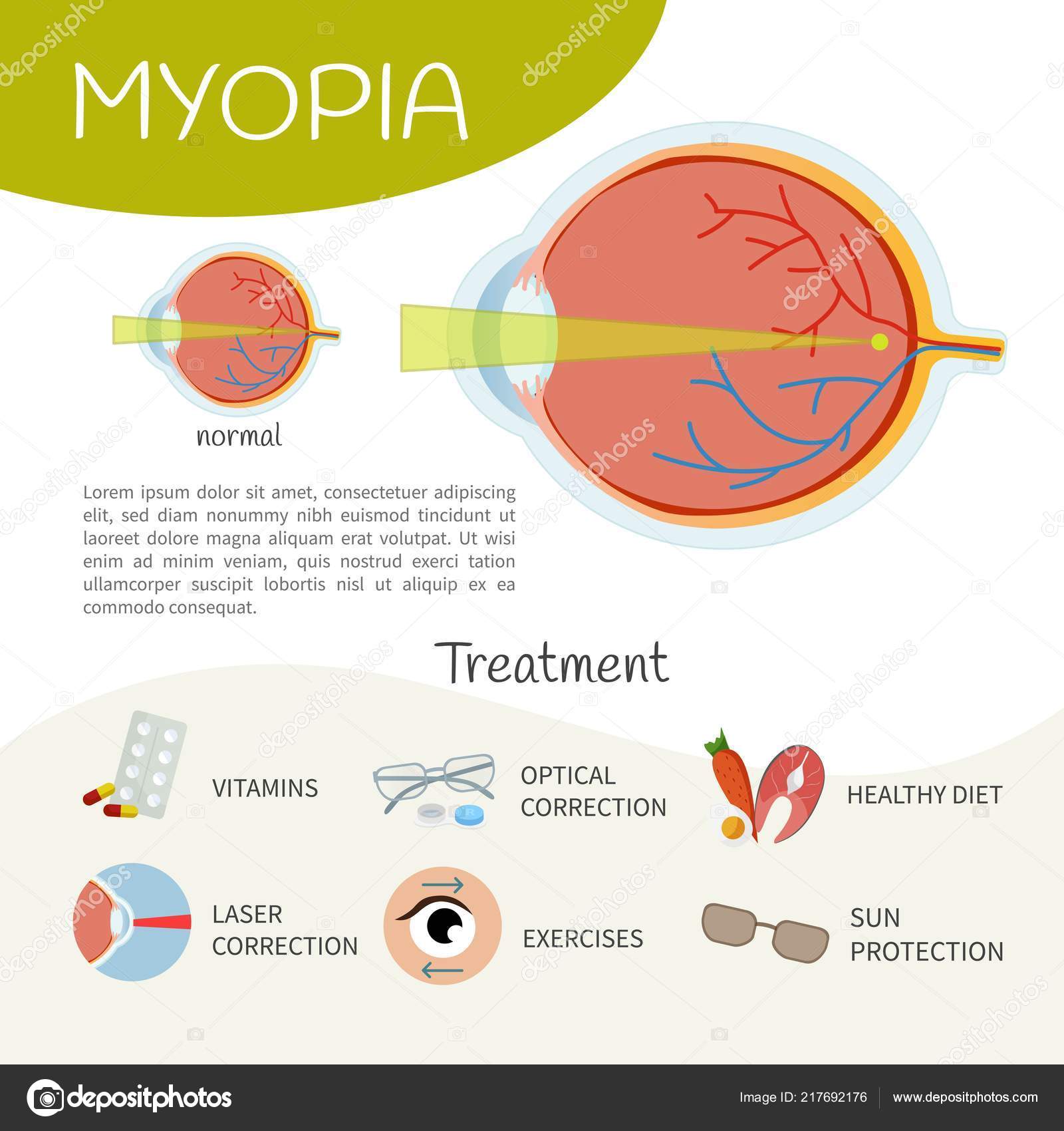An In-Depth Assessment Of Modern Cataract Surgical Procedure Techniques
An In-Depth Assessment Of Modern Cataract Surgical Procedure Techniques
Blog Article
Material Author-Brask Meyers
As you check out the advancement of sophisticated cataract surgical treatment strategies, you'll witness a journey marked by ingenuity and precision. From ancient approaches that led the way for contemporary innovations to innovative modern technologies that are revolutionizing the area, the comprehensive introduction of cataract surgical procedure strategies is a testament to human progress and devotion to boosting patient end results. The complex interaction between historic strategies and futuristic improvements creates an interesting story that clarifies the development of one of one of the most usual surgical procedures worldwide.
Historic Strategies and Innovations
Check out just how very early doctors transformed cataract therapy by utilizing innovative strategies and devices. In the past, cataract surgical procedure was a high-risk and unpleasant treatment. However, ancient Indian physicians were among the initial to attempt surgical treatments for cataracts, making use of a technique called 'formulating' where a sharp tool was used to push the cataract back right into the eye. This approach, though crude by today's standards, laid the groundwork for future improvements in cataract surgical treatment.
As time advanced, Arab physicians made considerable payments by establishing specialized needles for cataract extraction. These needles were utilized to pierce the cataract and then remove it from the eye, marking a significant enhancement in medical precision.
Later, in the 18th century, the French surgeon Jacques Daviel pioneered the technique of extracapsular cataract removal, where the whole lens was removed intact through a bigger incision. This marked a major development in cataract surgery methods, paving the way for the modern treatments we use today.
Modern Surgical Approaches
Early strategies in cataract surgery have actually advanced significantly, leading to the development of contemporary medical techniques that focus on precision and improved individual outcomes. Modern cataract surgical treatment currently frequently involves a procedure called phacoemulsification, where an ultrasonic device breaks up the cataract for elimination through a tiny incision. LASIK allows for quicker recovery and reduces the threat of problems contrasted to older methods.
Additionally, the use of advanced intraocular lenses (IOLs) has actually reinvented cataract surgery end results. These lenses can remedy not just the cataract however additionally other refractive mistakes like astigmatism, lowering the demand for glasses post-surgery.
Surgeons today also have access to innovative imaging technologies that aid in precise preoperative planning and intraoperative decision-making. Optical comprehensibility tomography (OCT) and various other imaging methods offer detailed images of the eye's structures, permitting a more individualized approach to every person's surgical treatment. With these innovations, contemporary cataract surgical procedure strategies remain to boost, using individuals safer procedures and much better visual results.
Emerging Technologies in Cataract Surgical Treatment
With improvements in modern technology transforming the area, cataract surgical treatment is seeing the integration of cutting-edge methods for boosted individual end results. Arising modern technologies in cataract surgery are reshaping the landscape of ocular procedures. One such innovation is femtosecond laser innovation, which permits accurate corneal lacerations, capsulotomies, and lens fragmentation, resulting in improved surgical precision and end results.
Furthermore, web page is acquiring appeal, making it possible for real-time dimensions of refractive mistakes during surgery to improve intraocular lens power estimations and lower postoperative refractive shocks.
Furthermore, making use of innovative imaging innovations like optical comprehensibility tomography (OCT) and intraoperative wavefront aberrometry aids cosmetic surgeons in precise surgical planning and implementation. These devices provide in-depth physiological details and help customize surgical strategies for each and every individual's one-of-a-kind eye characteristics.
Furthermore, developments in expert system are being discovered to aid in preoperative preparation, intraoperative decision-making, and postoperative care, possibly optimizing surgical results and client fulfillment. Welcoming these emerging technologies in cataract surgical treatment holds promise for further boosting individual end results and making certain the continued development of sensory medical methods.
Conclusion
As you trip with the background of cataract surgical treatment, you witness the transformation from ancient methods to cutting-edge technologies. Like a phoenix rising from the ashes, cataract surgical treatment has developed right into a beacon of hope and advancement.
Equally as a caterpillar emerges from its cocoon as a beautiful butterfly, cataract surgical procedure has actually blossomed right into a polished art form, offering patients more clear vision and a brighter future.
The evolution continues, shining a light on endless opportunities.
